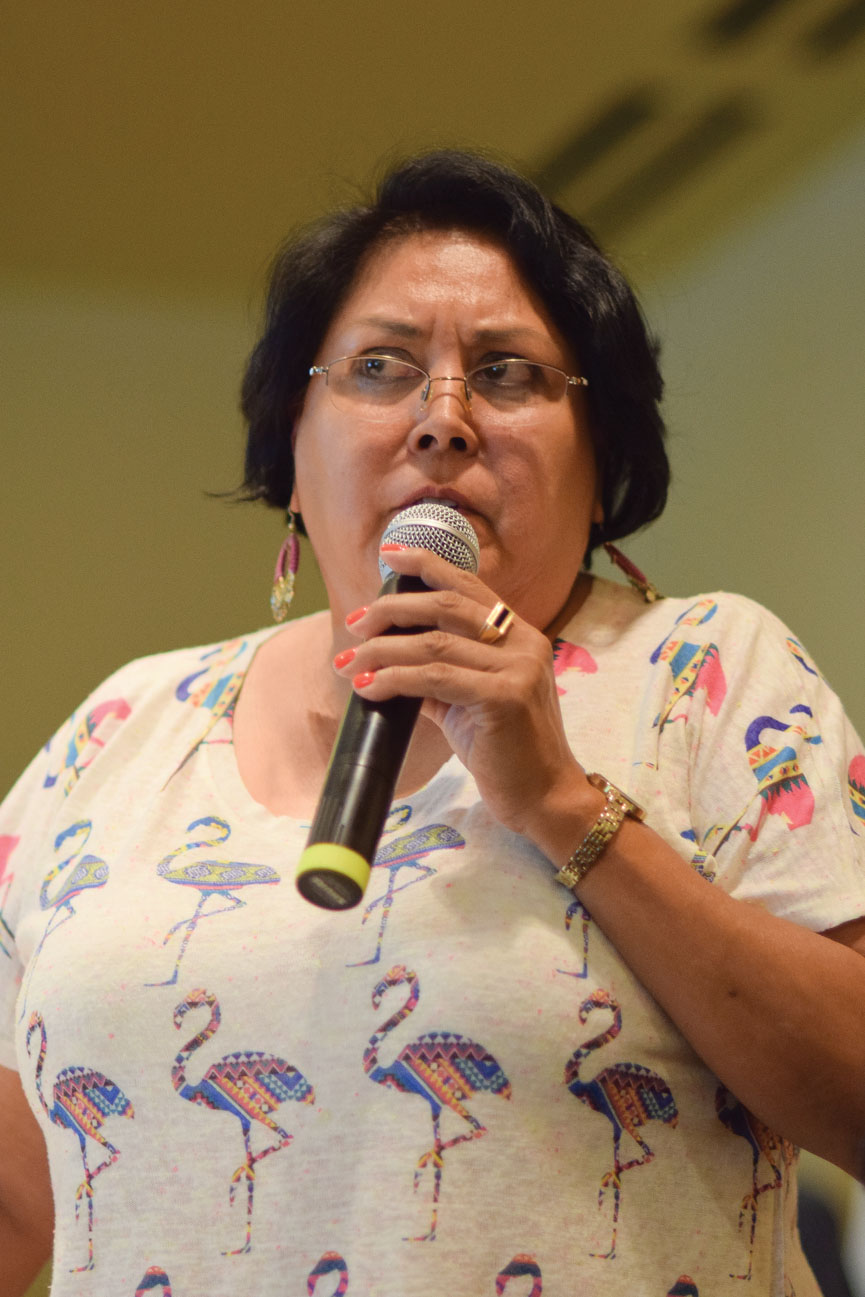On Tuesday, March 15, the tribal membership gathered at the Sky Ute Casino Resort for a tribal outreach meeting, which addressed updates and particular concerns regarding the development of shale formation oil and gas on the reservation. Associates from the Southern Ute Growth Fund, Red Willow Production Co., Department of Energy, and Ecosphere Environmental Services introduced a Supplemental Environmental Impact Statement (SEIS) that would further along the development of shale reserves.
“We’re here today to identify and recognize what’s important on behalf of the Southern Ute Indian Tribe,” said Adam Red from the Southern Ute Department of Energy. “Protecting our land is a major driving force in drafting this [development].”
Shale oil is an unconventional type that is produced from oil shale rock fragments by hydrogenation, thermal dissolution, and pyrolysis. Kerogen, the organic matter within the rock, can be converted into synthetic oil and gas once it is processed. As a result, the refined products can be used for the same purposes as those derived from crude oil.
According to Brendan Cusick, SECMG Project Manager, the development of shale reserves will ensure that tribal members will receive the maximum benefits from energy and mineral resources on the reservation.
“These reserves will benefit current and future generations of the Southern Ute tribal membership as we focus to take this on in an environmentally, culturally, and socially responsible manner,” Cusick stated. “Back in 2002 when we first had the EIS drafted, we were one hundred percent focusing on shale across the reservation as we analyzed the environmental impacts from shale formation. The Southern Ute Indian Tribe established a memorandum of understanding in 2007 between the Bureau of Land Management (BLM) and Bureau of Indian Affairs (BIA) to define the roles and responsibilities of each. We hope to get the project started in either 2017 or 2018.”
The project includes an expansion of wells reserves that dig 2,500 to 9,000 feet below horizontally, as opposed to other common wells. Approximately one hundred wells per year could be drilled during a twenty-year time frame. A number of resources will be analyzed including air quality, vegetation, wildlife, soils, groundwater, surface water, cultural resources, etc.
Tribal members who attended the meeting voiced their opinions about the project proposal, addressing concerns like the types of chemicals going into the ground, percentage of royalties the tribe will receive from shale oil, cultural responsibility and education to non-tribal members.
“Our whole purpose is to do this environmentally sound,” Red stated. “We are going to protect our tribal surface. I understand where the community is coming from, and that’s why we’re seeing how we can move this forward based off your concerns.”
As of now, the locations of the well reserves and when they will be drilled is currently unknown. Once well locations are proposed, they will be subjected to site-specific evaluation.

